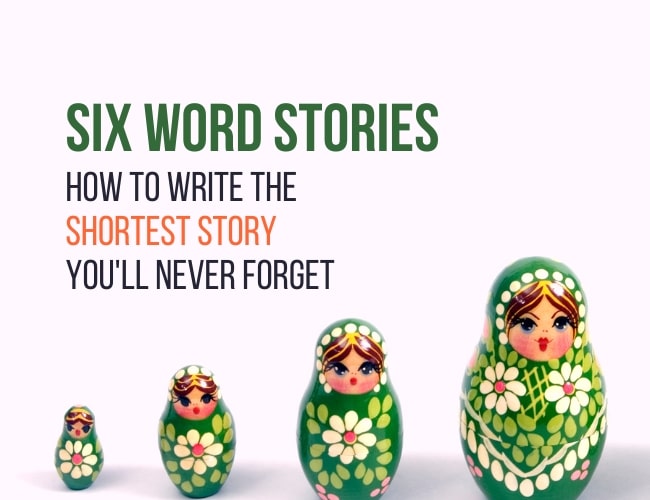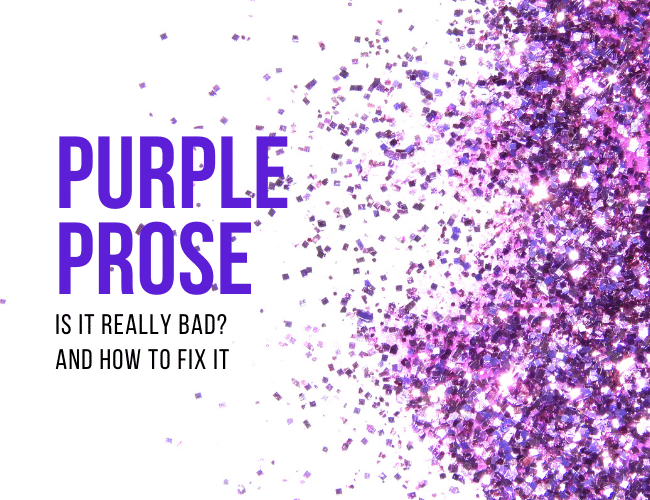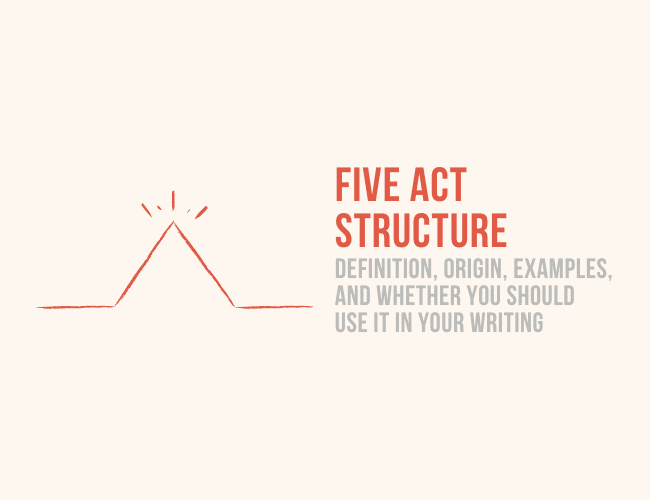
by Joe Bunting |
Looking for a gift for a writer in your life? Or maybe a deal on the best tools and courses for writers? This Black Friday, we’ve rounded up dozens of deals from around the internet to help you find the perfect gift for your writer friend (or yourself!).

by Joe Bunting and Taylor Kimble |
Finding the right gifts for writers in your life can be challenging. After all, what do you get people who spend so much time living in their own heads and imaginations.
It’s even worse if you’re the writer! What do you tell people to get you for Christmas gifts, birthday presents, and other holidays?
But don’t worry friends. We’ve got you covered with over 100 of the best gifts for writers ever. We’ve got writing software gifts, writing apparel gifts, writing book gifts, and even the best book writing planner money can buy.
Let’s get gifting, shall we?

by Joe Bunting |
Six-word stories are a great way to practice your writing without actually having to write much.They can also be used to warm up before working on a novel or short story.
While you’re not going to be able to tell an entire life story in six words, you just might be able to catch a movement of conflict or a significant moment in a character’s life. Plus it’s fun. Let’s look at how to write a really short story.

by Joe Bunting |
You might have heard the writing advice, “Don’t write purple prose.” Or perhaps you’ve even been told your prose is purple, but you’re not quite sure what that means and if it’s really a bad thing.
What is purple prose? Is it really bad? And how can you fix it in your writing?

by Joe Bunting |
Five act structure is a method of structuring a story that has existed for centuries. But does it work? And more importantly, will it work for your story?
In this article, we will learn the definition of the five act structure, explore its origins, look at popular examples, and talk about whether it’s actually useful as a story structure framework for readers and writers.




